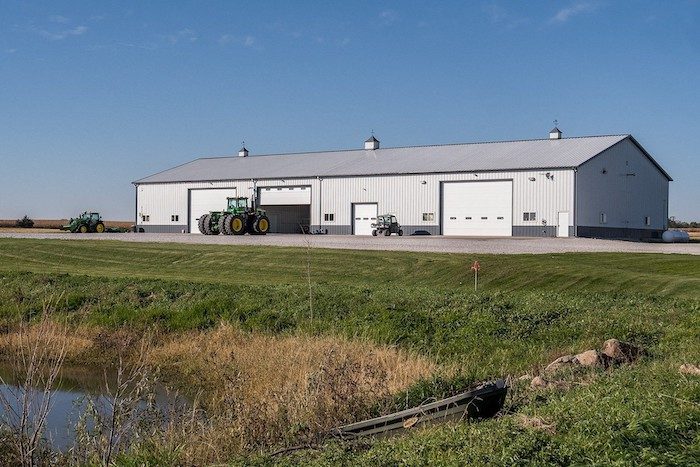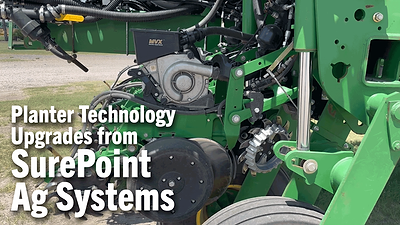As you work with your customers on their equipment needs, the farm shop inevitably will come up during conversation, as it’s integral part of their farming operation. Farm shops have evolved in a similar fashion to farms. As the average farm size and complexity has increased dramatically over the last 50 years, so has the farm shop. A farm shop was once only a corner in a small outbuilding used to store a few tools. Then as machinery storage buildings became popular, the farm shop became an area that was designated by a concrete floor and a workbench. As repair costs and equipment size increased, more and more machinery area was taken up as the repair area, that is, the shop.
Today’s farmer/businessman knows that a farm shop is an essential tool needed to assure the continued success of the operation. Read below for more details on designing a well-planned and well-constructed shop that will be a valuable asset for your customers for decades to come.
Location
The location of a new shop in relation to the rest of the farm operation is key. Select a central location so the building gets used consistently. Otherwise, tools tend to be left at other locations.
- Choose a site that will also allow you to keep an eye on other major functions, such as being able to see the grain leg and trucks arriving and leaving.
- Be sure the site is accessible for the equipment size in use currently and for the foreseeable future.
- Some minor repairs can easily be done outside, if there is planned space for that.
- Orientation can work to your benefit. Position today’s larger doors on the south or the east side to avoid the sometimes blustery cold winds from the north and west.
Size
Determining the right size for a new shop is another critical decision for present as well as future use. Get out and measure all of your equipment so you can plan based on reality, not memory. Think about any trades you are considering, recognizing that new equipment will likely be larger.
- Keep in mind you can add length to a building quite easily, but adding width or height can become expensive.
- Make a list and plan for specific workstations, including the work bench, welding and grinding area, wash bay and perhaps a vehicle lift or service pit. Also factor in storage for tools, parts and consumables, like oil and filters.
- Consider if you will need space for other features, such as an office or conference room, restroom/shower, kitchen, and washer/dryer area.
Amenities
Today’s shops often include amenities such as an entertainment center, family event space and even living quarters for guests. Many shops also include recreational activities, such as a pool table, foosball and ping-pong table, plus exercise equipment. It’s also recommended to think about possible interests the next generation may have, and how space can be allocated for those activities.
Budget
The first step in determining the project cost is to develop your list of what you need to have in terms of the overall length, width, height and doors. Then develop your budget and be realistic.
If necessary, consider building the shop in phases so that you have a facility that works in five to 10 years. It may be best to build the larger shell only this year. Then, plan to do insulation and electric and finishing touches, like the office interior, as later stages. You will be so much further ahead in the long run to phase construction rather than building the smaller complete shop which fits this year’s budget, but really doesn’t meet future needs.
To read the comprehensive series of blog posts that are dedicated to farm shop design tips, please visit mortonbuildings.com/blog/farm-shop-design-series
The Building Repair & Maintenance series is brought to you by Morton Buildings.
Morton Buildings, headquartered in Morton, Illinois, is the industry leader in post-frame manufacturing and construction. At Morton, the difference is in the details. From our cutting-edge innovations and best-in-class warranty, to our craftsmen in the field, we are dedicated to surpassing expectations. Our legacy of excellence in construction spans more than a century and more than a quarter-million satisfied customers. Morton Buildings is 100% employee-owned and proud to be ranked #69 on the National Center for Employee Ownership (NCEO) 2020 Employee Ownership 100 list, which includes the nation’s largest companies that are at least 50% owned by an employee stock ownership plan. For more information, please visit www.mortonbuildings.com.







